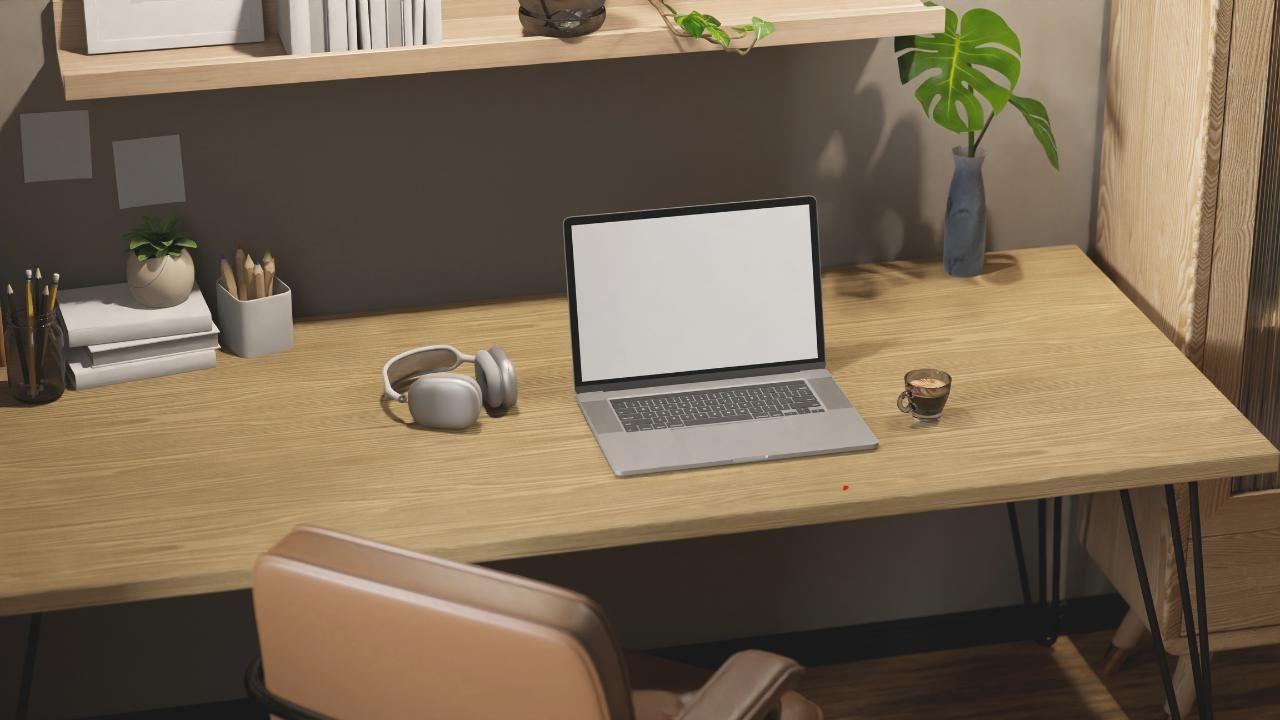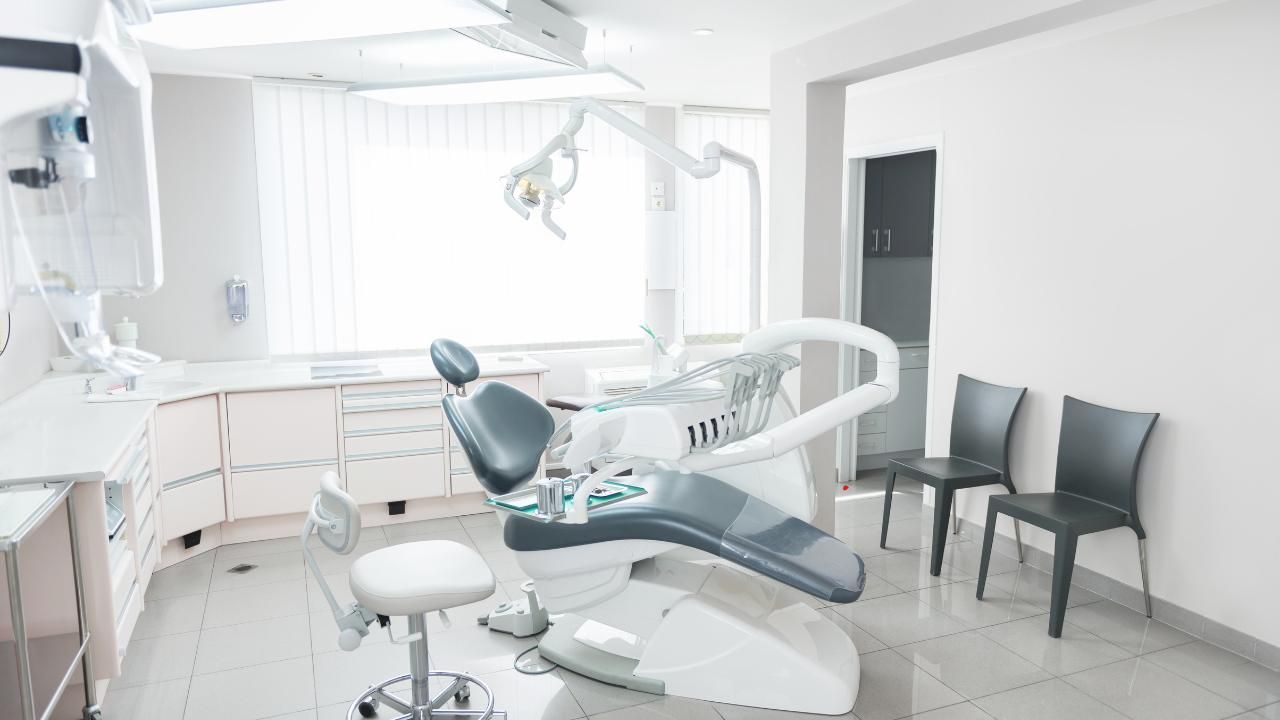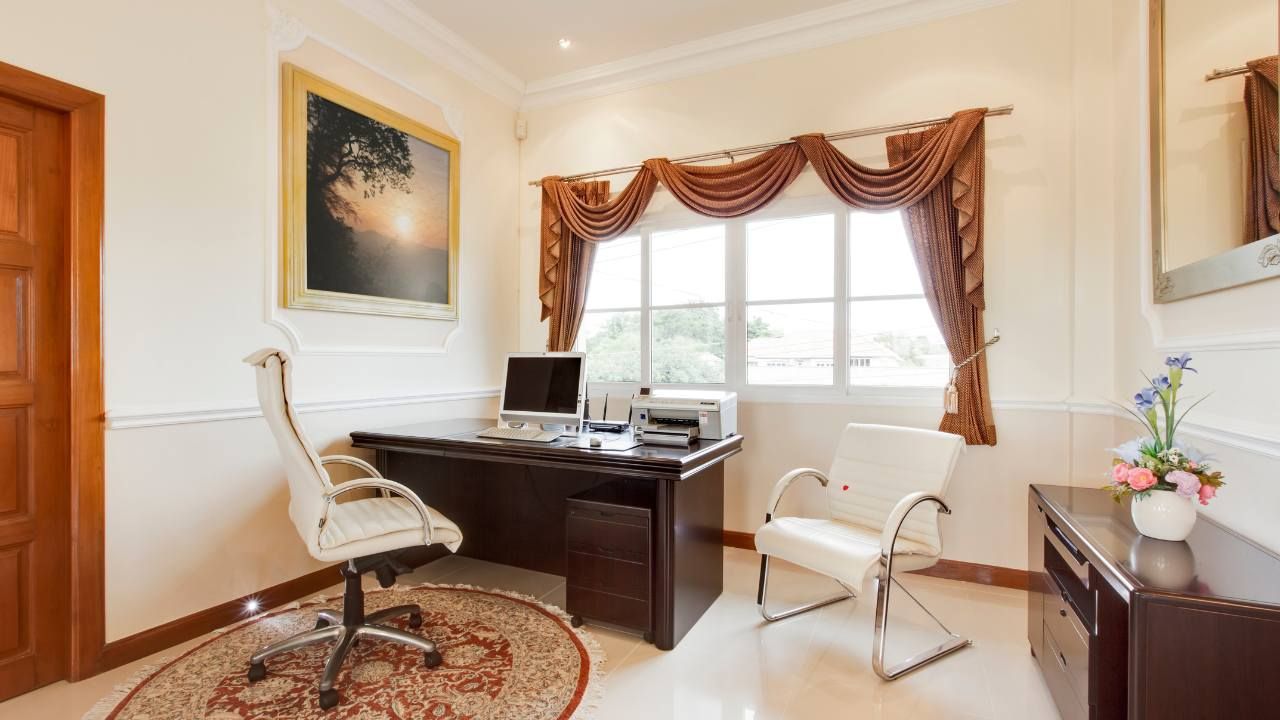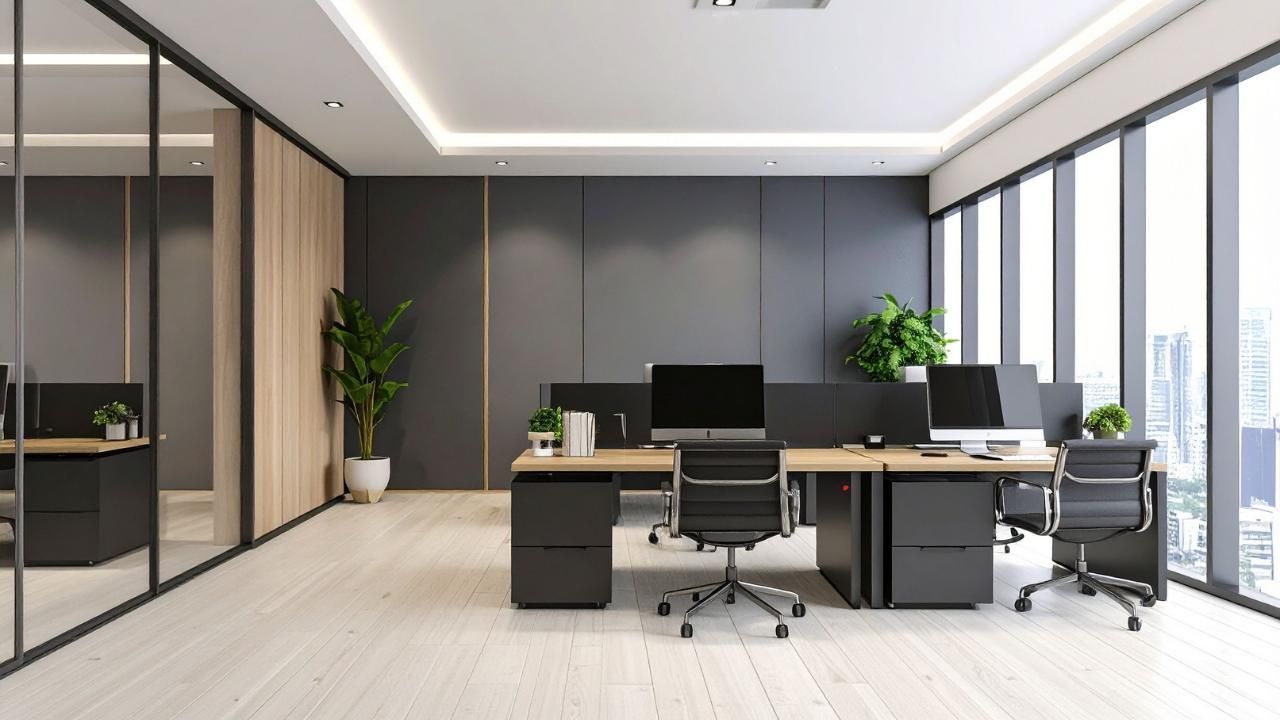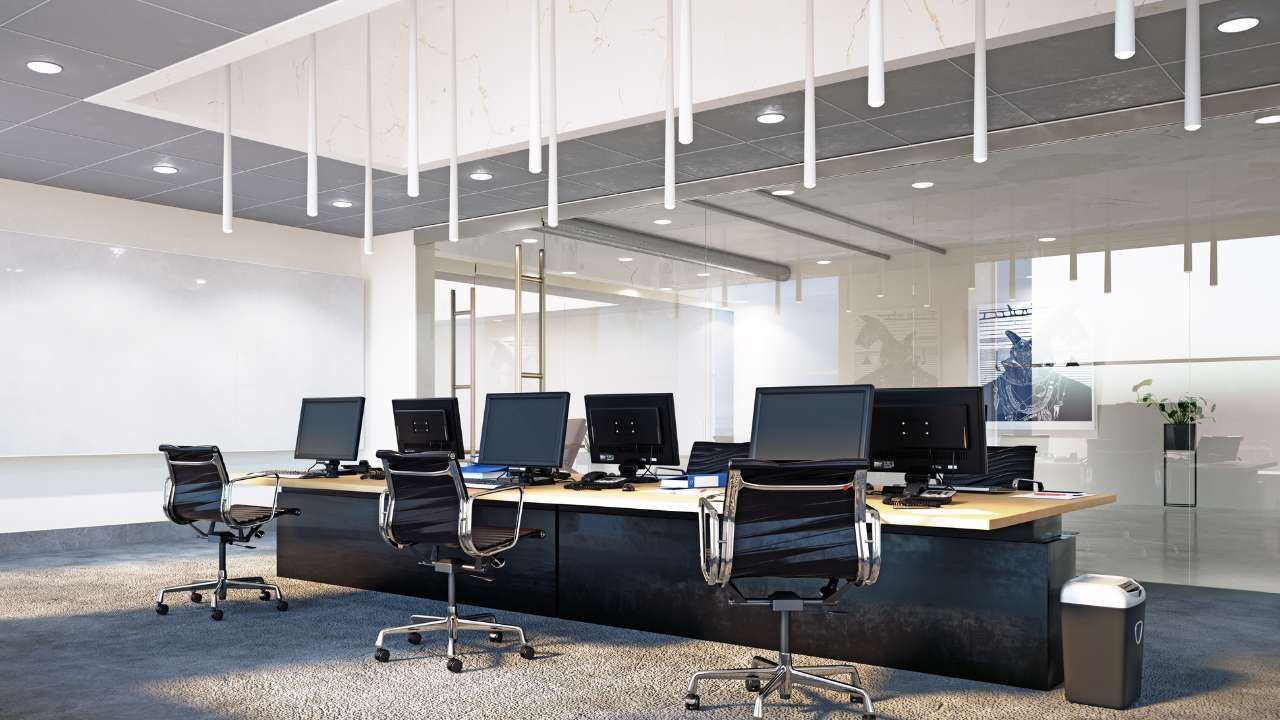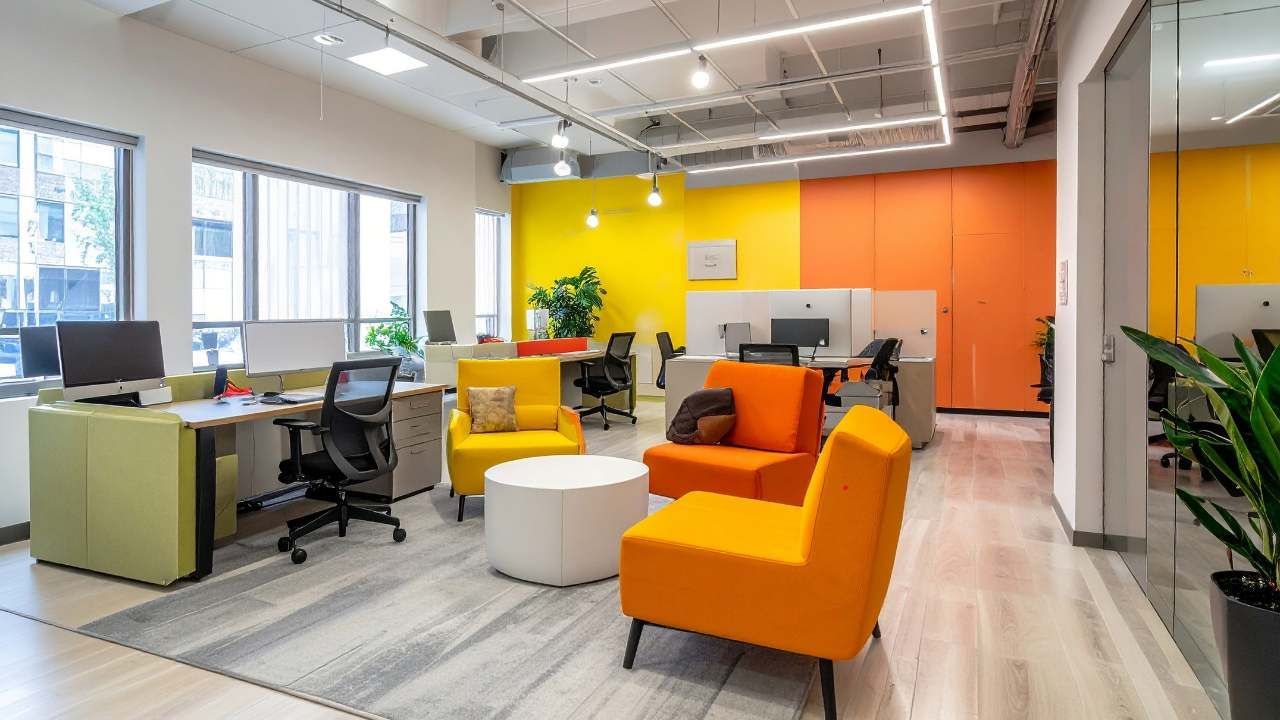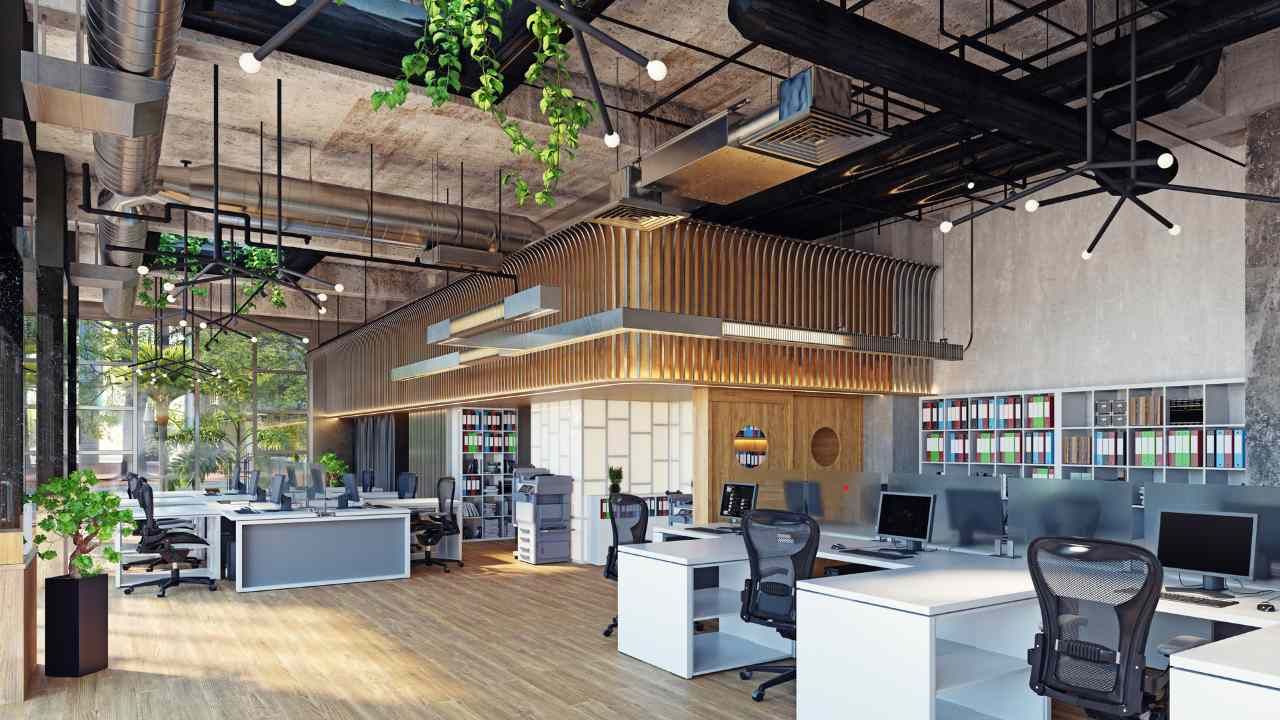Home Office Design Ideas That Actually Help You Focus
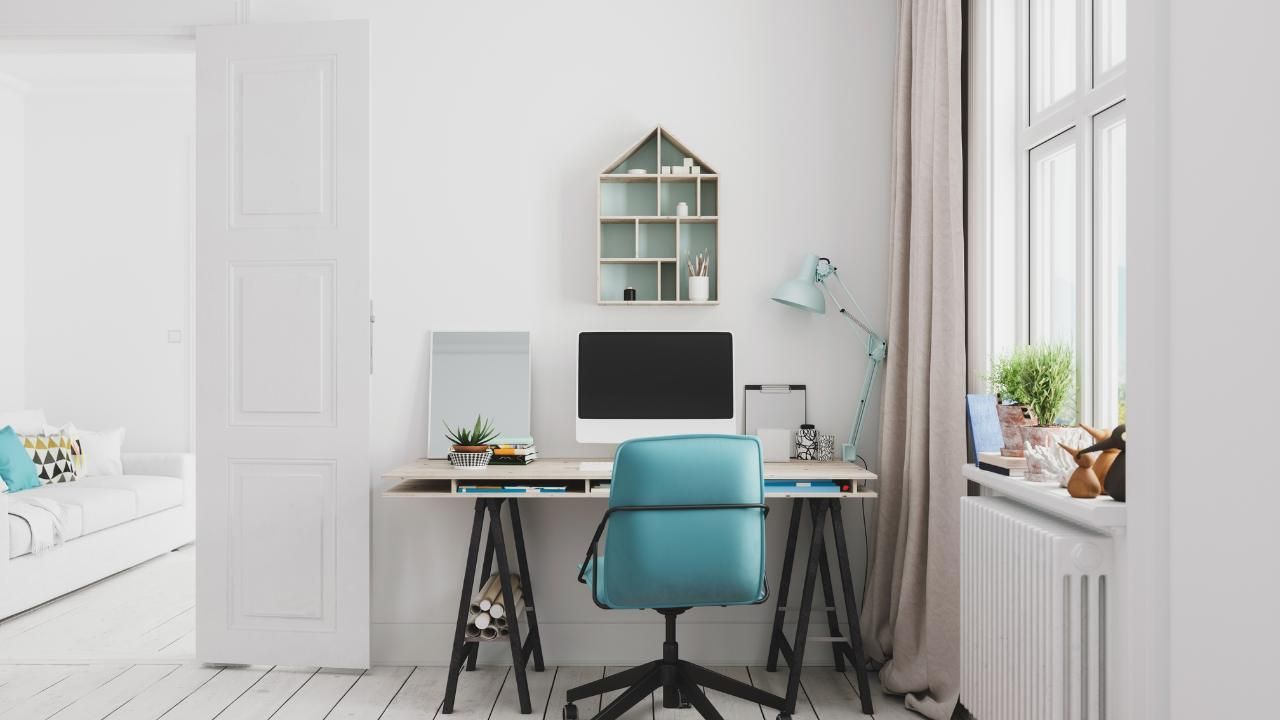
Working from home can be both a blessing and a challenge. While you enjoy the comfort of your own space, distractions lurk around every corner. The secret to staying productive often lies not in discipline alone—but in your workspace design. From lighting to layout, every detail of your home office affects how well you focus and perform.
In this post, you’ll learn how to create a distraction-free home office that fuels creativity, supports mental clarity, and keeps you motivated through the day.
1. Start with the Right Foundation
A focused workspace begins with thoughtful furniture choices. The right desk and chair can completely change how you work. If you’re in the Midwest, office furniture Lafayette Indiana suppliers like Indoff Office Interiors offer ergonomic options that blend comfort with style. The key is to select pieces that support good posture and help maintain energy levels throughout the day.
Look for:
- Adjustable desks that let you alternate between sitting and standing.
- Chairs with lumbar support to reduce fatigue.
- Minimalist storage solutions that keep clutter out of sight.
Your office should feel like a professional environment—organized, comfortable, and conducive to focus.
2. Choose Colors That Boost Productivity
Color psychology plays a huge role in concentration and creativity. Cool shades like light blue or sage green promote calmness and focus, while pops of yellow can inspire innovation. Try to avoid bright red or orange tones, which can increase stress levels over time.
For small home offices, neutral walls paired with warm accents (like wooden desks or woven textures) create balance and a grounded atmosphere. The right color palette can make even a modest space feel open and inspiring.
3. Let in Natural Light
Lighting affects not just visibility, but your mood and energy. Natural light helps regulate your body’s internal clock, keeping you alert during work hours. If possible, set up your desk near a window to take advantage of sunlight.
If natural light is limited, use full-spectrum LED bulbs that mimic daylight. Combine ambient lighting (like a ceiling fixture) with task lighting (such as a focused desk lamp) for flexibility throughout the day.
Pro tip: Avoid working under harsh fluorescent lights—they can strain your eyes and cause headaches.
4. Declutter Your Surroundings
A cluttered workspace equals a cluttered mind. Keep only the essentials on your desk: your laptop, notebook, and maybe one motivational item. Invest in shelves or filing cabinets to keep paperwork neatly tucked away.
To maintain mental clarity:
- End each workday by clearing your workspace.
- Use cable organizers to manage wires.
- Designate a “tech-free” corner for reading or brainstorming.
This small daily habit helps reset your mind for the next productive session.
5. Add Personality Without Distraction
Your workspace should reflect who you are—but not at the expense of focus. A framed photo, a plant, or an art print can create a sense of calm and ownership. Greenery, in particular, improves air quality and promotes relaxation.
Avoid overdecorating. Keep visual clutter to a minimum so your attention stays on work. The goal is to make the room inviting without overwhelming your senses.
Case Study: The Minimalist Home Office That Changed Everything
When Sarah, a freelance designer from Indiana, revamped her workspace, she realized her old setup was sabotaging her productivity. Her desk faced a wall, lighting was dim, and her chair offered no support. After consulting with office interiors experts, she restructured her layout—adding ergonomic furniture, natural light, and neutral colors. The result? A 30% boost in productivity and a renewed sense of focus.
6. Keep Work and Home Separate
Even in a small space, set boundaries. Use a rug or divider to visually separate your office zone from living areas. This helps your brain “switch on” when it’s time to work and “switch off” when the day ends.
A well-defined workspace doesn’t just help you focus—it supports work-life balance, too.
Conclusion
Creating a home office that truly supports focus isn’t about spending a fortune—it’s about intention. By combining ergonomic furniture, calming colors, and strategic organization, you can transform your workspace into a haven of productivity.
Ready to create your dream home office? Contact Indoff Office Interiors to explore functional designs that inspire focus and comfort every day.


